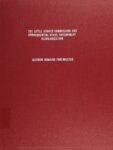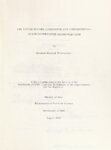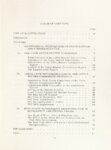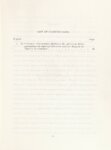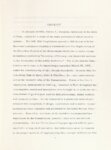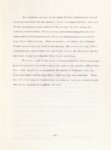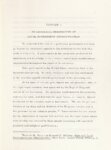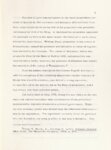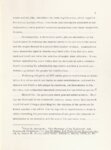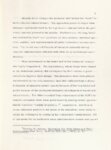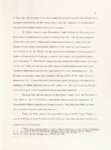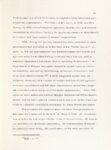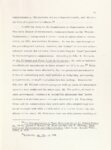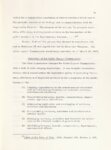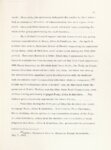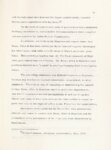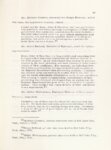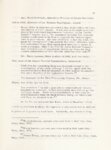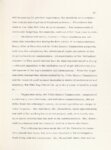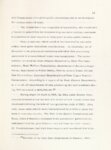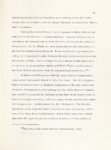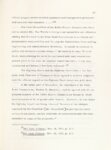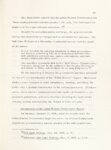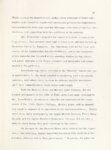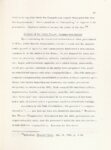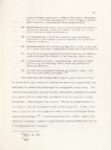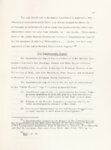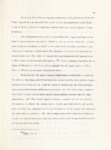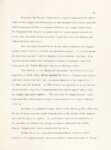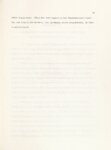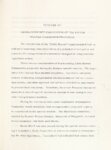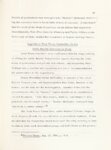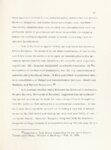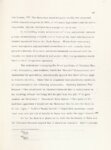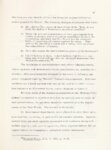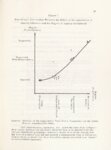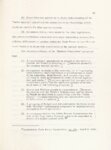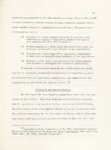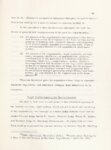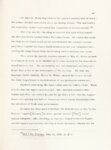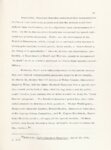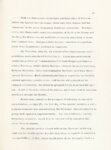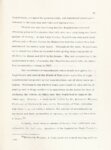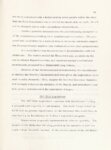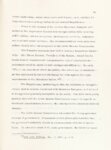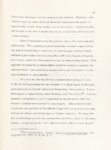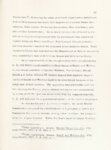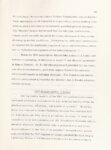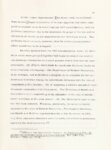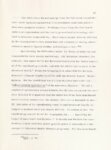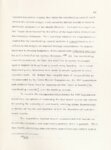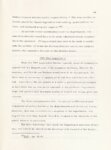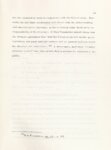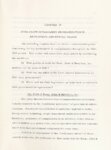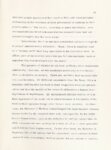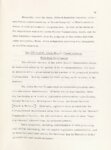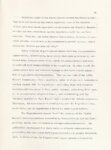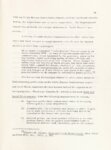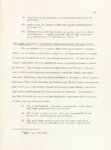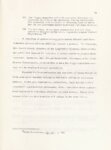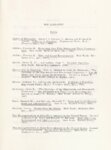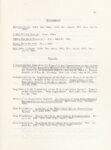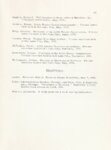| Description |
In January of 1965, Calvin L. Rampton, Governor of the state of Utah, called for a study of the state government administrative system. The 36th Utah Legislature passed a bill in line with the Governor's proposal creating a Commission on the Organization of the Executive Branch of the Government which was to make recommendations promoting "economy, efficiency, and improved services in the transaction of the public business." The Little Hoover Commission as it came to be known began operation March 25, 1965, under the chairmanship of Mr. Joseph Rosenblatt. In early May the consulting firm of Booz, Allen & Hamilton, Inc. was contracted to act as the research arm of the Commission. Three of the firm's employees, generalists by training, remained in Utah throughout the investigative period and specialists were brought in to study the various phases of government such as data processing, liquor control, and communications. A s the re search in a particular area of government was completed, findings, conclusions and tentative recommendations were compiled and pre scented to the Little Hoover Commission. Generally, revisions of the tentative recommendations were made by the Commission; however, they were not altered substantially. AII the "Little Hoover" people agreed with the proposal of a strong chief-executive, but differences arose in regards to the proper methods of implementing this concept--differences that consummated in the writing of a "supple mantuary report" by three of the Commission members. On January 17, 1966, Mr. Rosenblatt presented the official Commission report to a joint session of the Utah Legislature. Basic concepts recommended by the report were functional consolidation of agencies into e Leven major departments headed by single administrators responsible to the governor; reduction in the number of elected officials; employment of a strong centralized budget as a management tool; and adoption of the legislative audit. The criticism has been made that Booz, Allen & Hamilton approached the work in Utah with fixed attitude s and merely fit the structure of state government to conform to their preconceptions. The result were recommendations which indicated that the research crew had not probed thoroughly into the local scene. Undoubtedly, the firm did have established opinions in regards to proper administrative structure. Booz, Allen & Hamilton used as a "selling card" their long experience in the consulting business. The purpose of the study as construed by the Little Hoover Commission was to construct a "broad blueprint" of Utah's needs in terms of state government reorganization. In view of the intent of the Commission as to the wide scope of the study and the limited period in which Booz, A lien & Hamilton had to operate, it is the judgment of this writer that the consulting firm performed as adequately as could be expected. |

